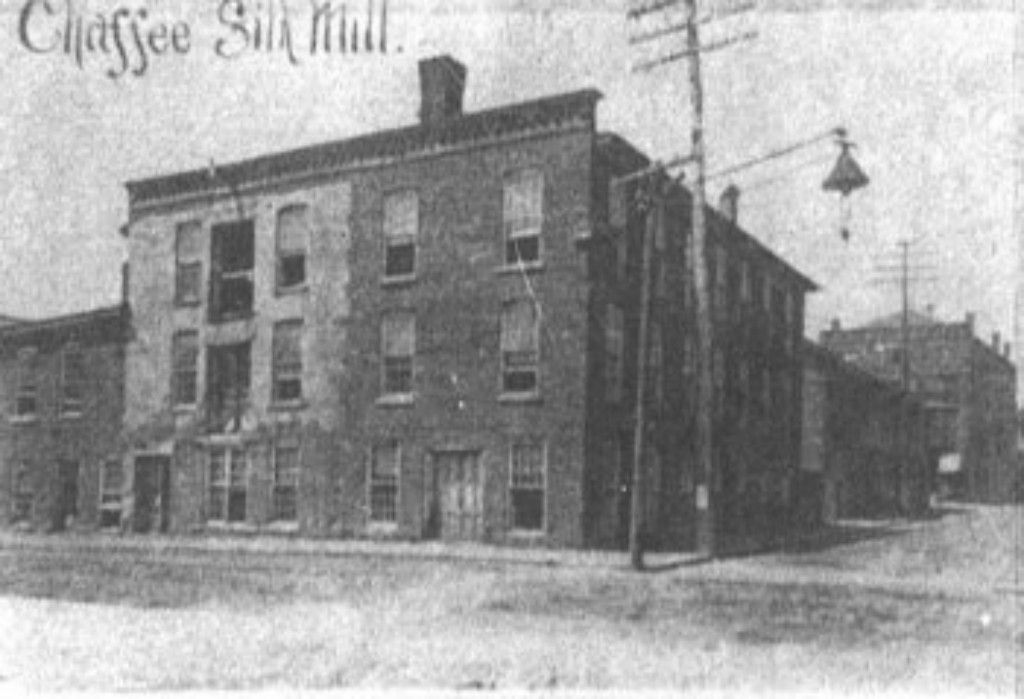by Horace Smith
12-10-2020
By Horace A. Smith
(Horace
Smith’s article, part 2)
The Willimantic Linen Company installed electric lighting at its
number four mill in 1879.
Their lights were initially carbon arc lamps manufactured
by the Brush Company, but those would be replaced by
incandescent bulbs in 1883. That early local application of
electric lighting may have encouraged Willimantic to replace its
gas lamps.
However, other Connecticut cities, such as Hartford, were
switching from gas to electric lighting at about the same time.
At a meeting on March 1, 1888, a committee presented a report
concluding that the borough could be lighted with 60 arc lamps,
each of 2000 candle power.
The plan was approved and survived efforts to rescind it.
Willimantic was on its way to electric street lighting.
By May the Willimantic Electric Light Company was making
plans for the enterprise. Note that 2000 candle power is a
bright light, and each arc lamp was expected to illuminate a
correspondingly large area.[1]
A typical modern streetlight produces about 800-3000
candlepower, depending upon its type, wattage, and directional
properties. Electric street lights began to be installed along
Willimantic’s principal streets in 1888, and by November, 1889,
fifty arc lamps were in operation.[2]
These first electric lights were often installed at major
intersections. In the beginning, the lights were not operated
all night, but only until the midnight hour. (By1895,Willimantic
had a Street Lighting Committee as part of the Board of
Aldermen. Requests from citizens to have street lights in their
area were referred to this committee. The committee took its job
seriously. On April 15, 1897, Alderman Baker and Councilman
Fenton made a surprise night visit to the home of Mr. Evans,
manager of the Electric Light Company, and invited him on a tour
of the city. The three gentlemen inspected every electric street
lamp in the city and found “every light burning”. The service
was pronounced to be “satisfactory”.)
